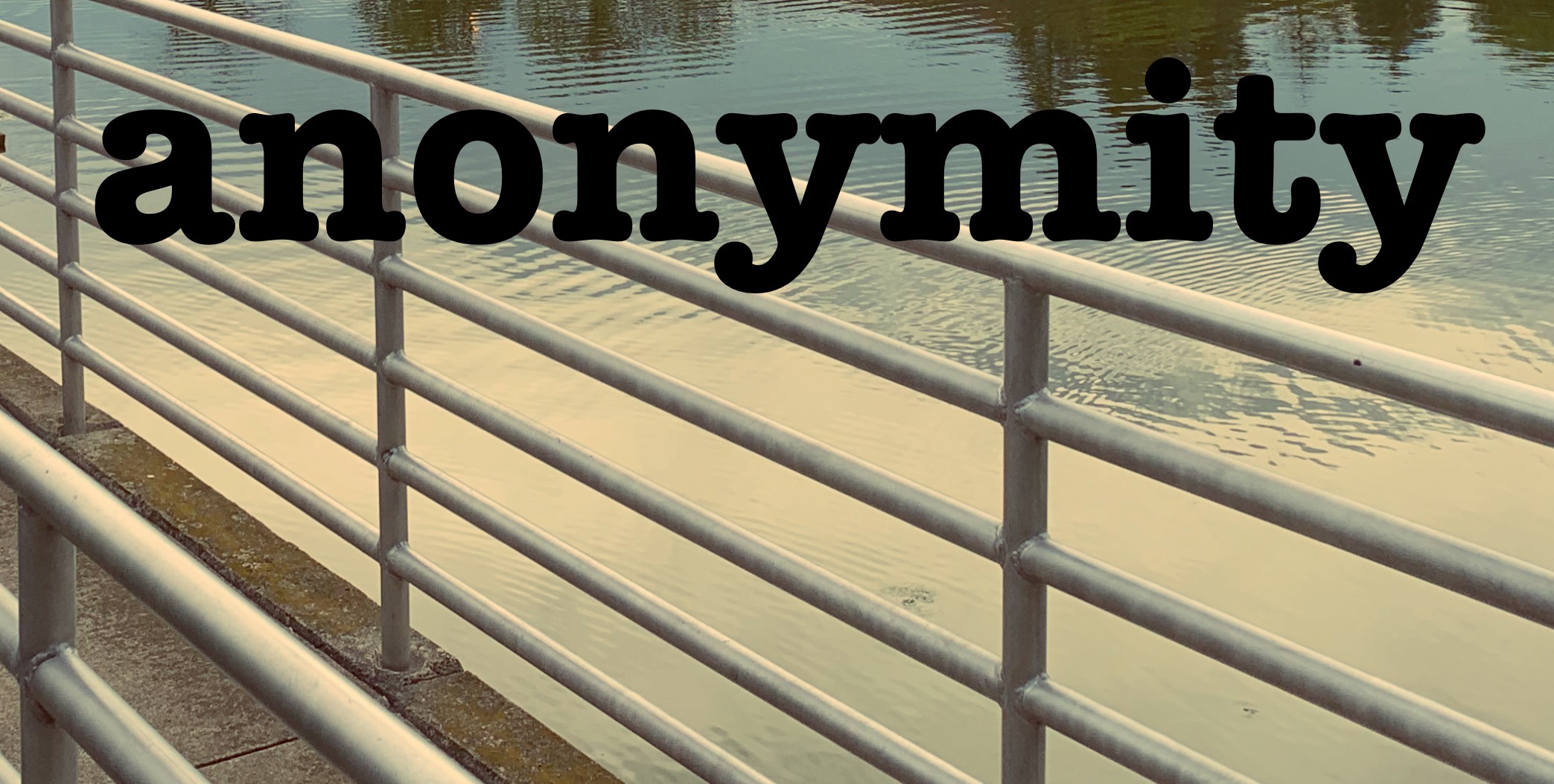Need information about finding out who infringed your copyright? This video may provide some guidance.
Copyright owners of video and photos may find their works have been copied and posted somewhere else online and therefore need to take action for copyright infringement. But the first challenge may be to identify who the unknown defendant is. This video discusses (1) filing a copyright infringement case in federal court, (2) showing good cause for early discovery to identify the unknown alleged infringer, and (3) sending subpoenas. Finding out who infringed copyright can be a difficult task.
The federal courts have exclusive jurisdiction for copyright infringement cases. That means a state court will not be able to hear a copyright infringement matter. A copyright infringement case filed in state court will get dismissed because state courts cannot hear cases that are exclusively the subject of federal jurisdiction.
When a party has filed suit, it usually knows who the defendant is. But sometimes it is necessary to file suits against “John Doe” defendants. In the online copyright infringement context, the copyright owner will need to take early discovery. This requires persuading the federal judge that good cause exists for taking early discovery. To show good cause, a party will need to show that an actual person has infringed, that it has taken as many steps possible to unmask the anonymous copyright infringer, and that its copyright infringement case is strong enough to survive a motion for summary judgment.
Once these things are shown, the court will allow the plaintiff to send subpoenas to the host of the infringing content and to the internet service providers associated with the IP address that uploaded the copyright infringing content. Then, if the plaintiff is successful in unmasking the unknown defendant, the copyright infringement case can actually begin .
More information: Identifying unknown online copyright infringers: court gives guidance


